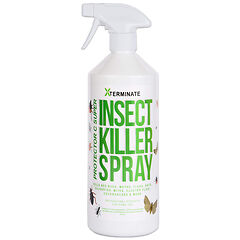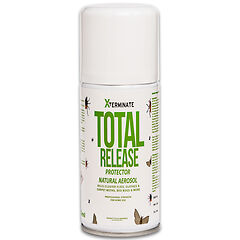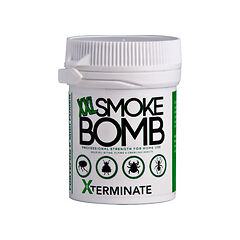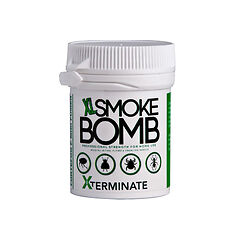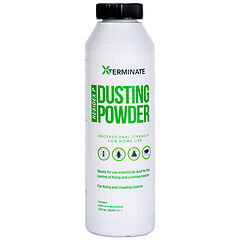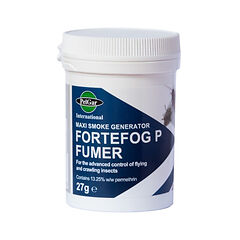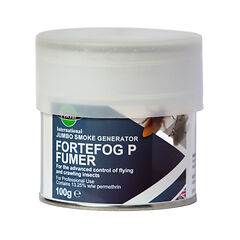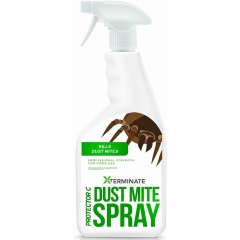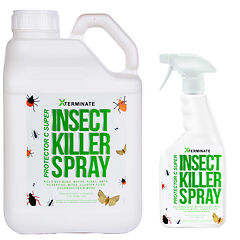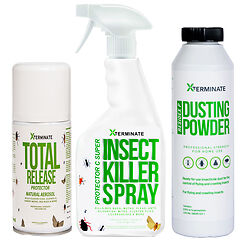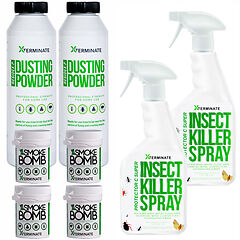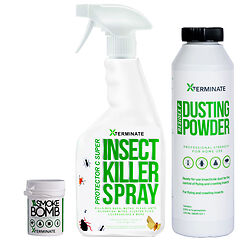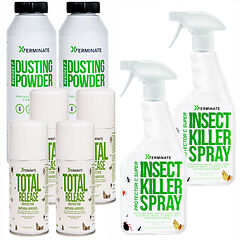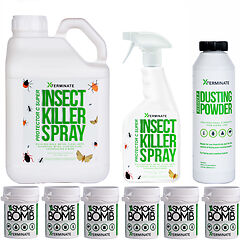Dust Mites
Dust mites are microscopic pests that can trigger allergic reactions. If you have breathing difficulties, sensitive skin, or a condition such as asthma, you'll want to get rid of them as quickly as possible. Below, you'll find our super-effective dust mite killer as well as some expert advice on how to deal with these pests.
Dust Mites
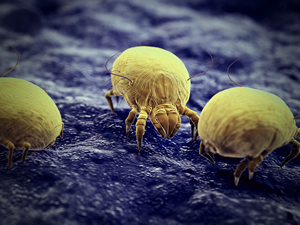 Dust mites are a unique pest in that, for millions of people across the country, they’re not really pests at all. These microscopic mites are so small that they’re impossible to see with the naked eye, and they only feed on mould spores and dead skin flakes. For many people, they’re not even noticeable; in fact, you’re probably sharing your bed with thousands of them every night! However, for those with allergies, breathing difficulties, or sensitive skin, dust mites can be a real problem. They can seriously aggravate conditions such as asthma and dermatitis, especially if they gather in large enough numbers. That’s why it’s important to know a bit more about these tiny terrors so you can get rid of them if you need to.
Dust mites are a unique pest in that, for millions of people across the country, they’re not really pests at all. These microscopic mites are so small that they’re impossible to see with the naked eye, and they only feed on mould spores and dead skin flakes. For many people, they’re not even noticeable; in fact, you’re probably sharing your bed with thousands of them every night! However, for those with allergies, breathing difficulties, or sensitive skin, dust mites can be a real problem. They can seriously aggravate conditions such as asthma and dermatitis, especially if they gather in large enough numbers. That’s why it’s important to know a bit more about these tiny terrors so you can get rid of them if you need to.
What Are Dust Mites?
When viewed through a microscope, dust mites look like something from a horror movie. However, they’re actually harmless to many people. They aren’t parasites, they don’t suck your blood or bite you, and they don’t carry any diseases. They feed entirely on microscopic dead skin cells and mould spores, and the majority of people across the world will never even realise they’re there. However, if they gather in large enough numbers, they can start to cause problems.
Problems Caused by Dust Mites
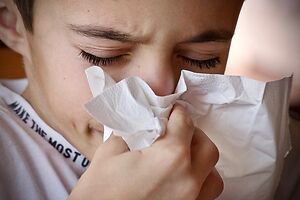 Dust mites have hard shells which the mites will gradually moult over time. These tiny particles of shell are too small to cause any problems on their own, but if they collect in great numbers on a soft surface such as a pillow, they can start to trigger allergic reactions in people. You’re more likely to be affected by dust mite shells if you’re allergic to shellfish. This is because their shells are chemically similar.
Dust mites have hard shells which the mites will gradually moult over time. These tiny particles of shell are too small to cause any problems on their own, but if they collect in great numbers on a soft surface such as a pillow, they can start to trigger allergic reactions in people. You’re more likely to be affected by dust mite shells if you’re allergic to shellfish. This is because their shells are chemically similar.
Dust mite faeces can also trigger allergies, causing skin irritation and breathing difficulties. The idea of dust mites leaving droppings all over your bed isn’t nice, but again, these microscopic particles are too small to affect you unless there are a lot of them. If you have a pre-existing condition such as asthma or eczema, however, you’re likely to be more sensitive to the enzymes inside dust mite droppings. This can trigger breathing difficulties, itchiness, and rashes among other symptoms. If you suffer from any sort of breathing condition, you’ll need to be extra careful to keep dust mites under control.
Symptoms of a Dust Mite Problem
Dust mites affect different people in different ways. Symptoms can include:
- Hayfever-like symptoms
- Itchy skin
- Itching inside the mouth, nose, and throat
- A runny nose or a constant need to sniff up
- Sneezing often, especially in the bedroom
- Poor sleep
- Existing conditions such as asthma and eczema getting worse
Preventing Dust Mites
Dust mites are so tiny and so common that it’s impossible to get rid of every last one. What you can do, though, is keep them under control so that they don’t gather in great enough numbers to have an effect on you. Here are a few ways you can reduce their numbers around your home.
Vacuum Regularly
Humans and animals constantly shed dead skin cells throughout their lives. While it’s a myth that all of this dead skin is the main cause of household dust, it’s true that it contributes a little bit. Most dead skin cells are washed off when bathing, but some of them will end up trapped in carpets and under furniture. The more you allow these dead skin cells to collect, the more dust mites you’ll attract, so make sure you regularly vacuum your whole home – especially around the sofa and the bed.
Change Bedding Regularly
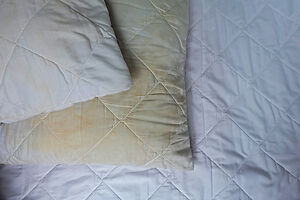 Dust mites are commonly associated with beds. This is because our pillows and bedsheets trap a lot of dead skin cells, so naturally, the dust mites aren’t far behind. Your bed is also the place where the mites will affect you the most, as it’s when you’re in close contact with them. Washing your bedding won’t kill the mites but it will rinse all the dust, hair, and skin cells out of it, giving the pests much less they can feed on.
Dust mites are commonly associated with beds. This is because our pillows and bedsheets trap a lot of dead skin cells, so naturally, the dust mites aren’t far behind. Your bed is also the place where the mites will affect you the most, as it’s when you’re in close contact with them. Washing your bedding won’t kill the mites but it will rinse all the dust, hair, and skin cells out of it, giving the pests much less they can feed on.
Keep Humidity Levels Low
Dust mites prefer high humidity levels of around 70-80%. In fact, they’ll die in low humidity, so reducing humidity is a sure-fire way of getting rid of them. There are a few ways to do this; the easiest is to properly ventilate your home by opening doors and windows whenever you get the chance. You should take extra care to do this after getting a shower or a bath – open your bathroom window or switch your extractor fan to get all the steam out of your home as quickly as possible. You can also invest in a dehumidifier which should help get rid of dust mites.
Use Hypoallergenic Mattress Protectors and Bedding
Hypoallergenic bedding is a must if you suffer from bad dust mite allergies. It’s made with anti-microbial properties, meaning it resists the growth of mould spores and bacteria. It also creates a less appealing environment for dust mites. Remember that you still need to wash your bedding and clean your floors regularly or the dust mite numbers will start to build up again.
Use an Electric Blanket
If you have an electric blanket you can use it to thin out dust mite numbers. Turn it onto its highest setting and leave it for 10 minutes or so. The heat from your blanket will kill many of the dust mites and their eggs, which should reduce the symptoms of dust mite allergies.
Use a Dust Mite Killing Spray
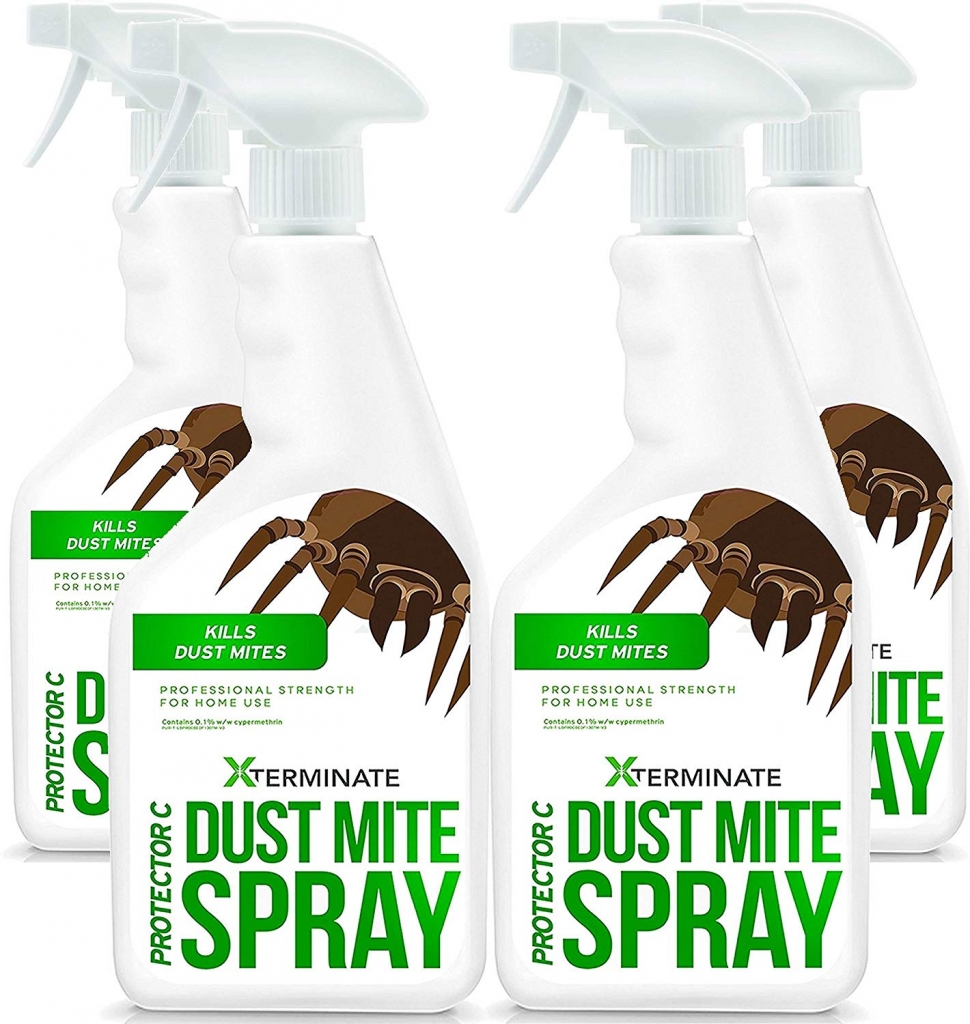 Dust mites can be killed with an insecticide like any other pest, but the fact that they tend to live in our beds means they need some special treatment. Using a regular insecticide will work, but it can also cause skin irritation when it’s sprayed on your bedding. As a result, dust mite killer must be much weaker than regular insecticides. This is still strong enough to effectively kill dust mites, but it won’t be so strong as to irritate your skin.
Dust mites can be killed with an insecticide like any other pest, but the fact that they tend to live in our beds means they need some special treatment. Using a regular insecticide will work, but it can also cause skin irritation when it’s sprayed on your bedding. As a result, dust mite killer must be much weaker than regular insecticides. This is still strong enough to effectively kill dust mites, but it won’t be so strong as to irritate your skin.



